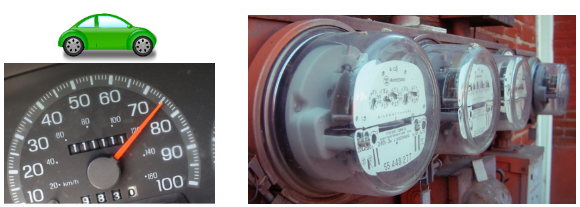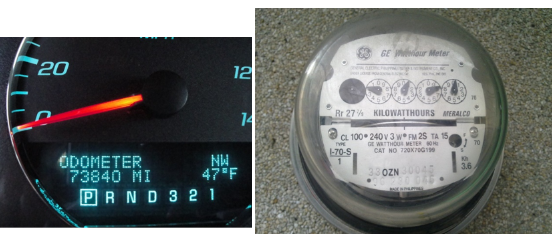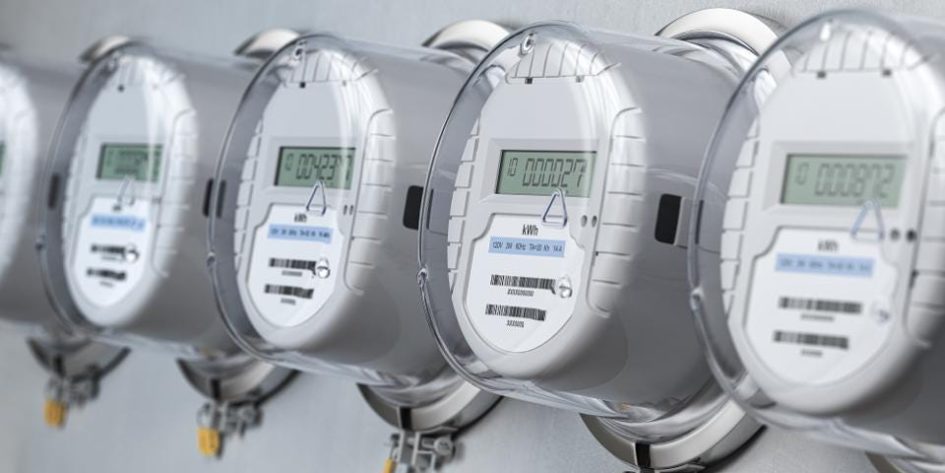Those of us in the energy business throw around words like Peak Demand, kilowatt-hours and Power. What do these terms mean? Why is it important to understand the differences?
Knowing what these terms mean is the first step in understanding your electricity usage and costs. This is especially important if you review utility bills for your company or are tasked with reducing utility costs.
Let’s look at some of these terms:
Demand
Demand is basically another word for “power”. It tells us about the rate at which your building is using electricity. Think of this like a speedometer in a car. At any instance in time, how fast are you traveling? Similarly, at any instance in time, how fast is your building using electricity? The utility meter on site measures this rate of electricity usage, usually every 15-minutes. The meter records the HIGHEST reading for the entire month and this “Peak Demand” is used to calculate your monthly electric bill. It is measured in kilowatts (kW).

This is important to know because a higher Peak Demand means you will receive a higher bill. You can imagine that during warm months of the year, when there is a big need for air-conditioning, this Peak Demand is greater. If your building uses electric heating, this peak may occur during the winter months. Often, this Peak Demand value is used throughout the ENTIRE year of monthly billing since the utility has determined that your building will need to be supplied with this peak power at least once during the year. You can think of this as a penalty for having an energy hungry building. The ability to reduce this Peak Demand reading could save you big money on your bills.
Some larger customers who use power inefficiently, such as those with large motors, are also metered on a term called Reactive Demand and is measured in kilovolt-amperes reactive (kVAR). This measures the losses between the power supplied to the building and the power consumed – i.e., not all power delivered to your building is used for real work. Reactive power generates magnetic fields in motors that are basically wasted energy and does no useful work. You are not normally charged for kVAR, but if your facility uses a lot of these, the utility may measure this value and include it in your monthly billing charges.
Kilowatt-hours
Kilowatt-hours is basically another term for “energy”. This is also called electricity “usage” or “consumption”. It tells us the amount of electrical energy the building uses over a period of time. Think of this like an odometer in a car. Over the last month, how many miles did you drive? Similarly, over the last month, how much electricity did your building use? The utility meter also measures this electricity usage and is also included in your monthly electric bill. Each revolution of the meter disc adds more kilowatt-hours to your bill. You are charged a rate for this energy in $/kWh. The ability to reduce your electricity usage can also save you big money on your bills.

Contact Burton Energy Group to take a deeper dive into your utility bills. Our energy teams can help identify strategies to help you reduce your electricity “usage” and “demand” on your monthly bills.
